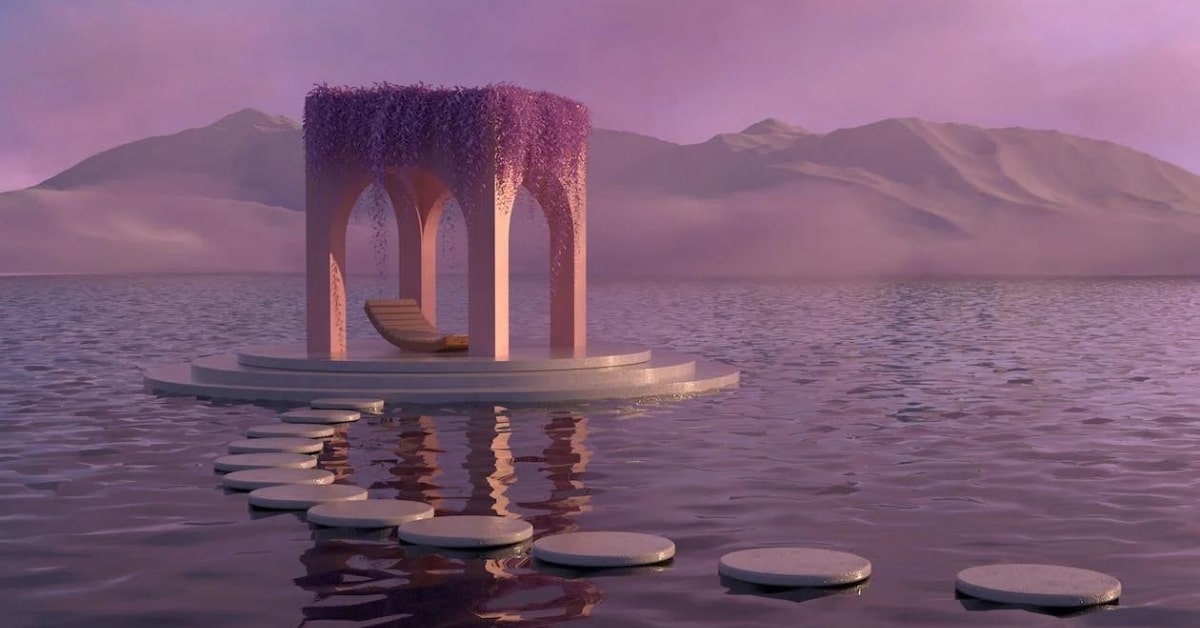In the digital age, where visuals play a pivotal role in communication, the art of CGI (Computer-Generated Imagery) retouching has emerged as a powerful tool for creating captivating and immersive digital experiences. In this article, we will explore CGI retouching, its significance, its techniques, and how it reshapes the way we perceive visual content.
What is CGI Retouching?
CGI retouching is the process of enhancing computer-generated images to improve their realism, visual impact, and overall quality. It involves refining, adjusting, and manipulating CGI elements to create a more polished and lifelike appearance.
Significance of CGI Retouching
The significance of CGI retouching in today’s visual landscape is profound:
- Enhanced Realism: CGI retouching bridges the gap between the virtual and the real, making digital elements look more authentic and immersive.
- Visual Consistency: CGI retouching ensures that CGI elements seamlessly blend with real-world content, creating a harmonious and visually appealing composition.
- Brand Identity: In marketing and branding, CGI retouching is crucial for maintaining a consistent and compelling brand image across various media channels.
- Artistic Expression: It empowers artists, designers, and filmmakers to push the boundaries of creativity, unleashing their imagination without constraints.
Techniques in CGI Retouching
- Texture and Lighting: Adjusting the texture and lighting of CGI elements to match the real-world environment.
- Color Grading: Harmonizing the color palette and tones to create a cohesive visual composition.
- Adding Realistic Details: Incorporating small imperfections, like scratches or dirt, to enhance authenticity.
- Shadow and Reflection Creation: Adding realistic shadows and reflections to CGI objects for depth and realism.
- Motion Blur: Applying motion blur to moving CGI elements to mimic real-world motion.
Role of CGI Retouching in Media and Entertainment
- Filmmaking: CGI retouching is integral to the film industry, where it brings otherworldly creatures, epic battles, and breathtaking landscapes to life on the silver screen.
- Advertising: In advertising, CGI retouching is used to create stunning product images and advertisements that captivate and engage consumers.
- Video Games: CGI retouching is crucial for the gaming industry, enabling lifelike characters, dynamic environments, and immersive gameplay experiences.
- Architectural Visualization: CGI retouching is vital in architectural rendering, allowing architects and designers to showcase their vision in a realistic and appealing manner.
Conclusion
CGI retouching is the unsung hero behind the breathtaking visuals we encounter in movies, advertisements, video games, and architectural designs. It is the art of fine-tuning computer-generated elements to blur the lines between the virtual and the real, creating immersive and visually captivating experiences. Whether in film, advertising, gaming, or architectural visualization, CGI retouching plays a pivotal role in shaping our digital world, bringing imagination to life with a touch of realism.
Frequently Asked Questions
How is CGI retouching different from traditional image retouching?
CGI retouching focuses on enhancing computer-generated elements, while traditional image retouching is used to improve real-world photos. CGI retouching requires specific techniques to make digital content appear more realistic.
What software is commonly used for CGI retouching?
Popular photo editing software for CGI retouching includes Adobe Photoshop, Adobe After Effects, Autodesk Maya, and Maxon Cinema 4D, among others. The choice depends on the specific needs of the project.
How long does CGI retouching for a film or video game typically take?
The time required for CGI retouching varies greatly depending on the complexity of the project. Simple touch-ups can take hours, while large-scale projects can span months.
Is CGI retouching used in animated films and cartoons as well?
Yes, CGI retouching is commonly used in animated films and cartoons to enhance the appearance of characters, objects, and backgrounds, creating a more visually appealing and immersive experience.
This page was last edited on 19 February 2024, at 12:41 pm
